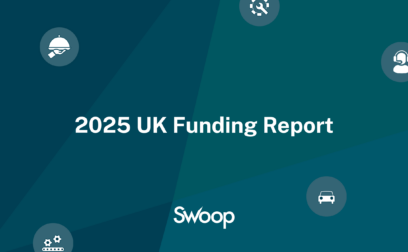Definition
An IPO, or initial public offering, is a significant financial event that marks the first time a private company offers its shares to the public on a stock exchange.
What is an initial public offering?
When a company decides to go public through an IPO, it typically means that it has reached a stage of growth where it requires additional capital to fund its expansion, research, development, or other business activities. Going public also provides the company’s founders and early investors an opportunity to cash out some of their investments.
Before launching an IPO, the company needs to go through a thorough preparation process. This involves working with investment banks, lawyers, and financial experts to assess the company’s financials, valuation, market positioning, and regulatory compliance.
The company, along with its underwriting investment banks, determines the initial price at which its shares will be offered to the public. This price is often based on factors such as the company’s financial performance, industry trends, and market demand.
Prior to the IPO, the company may engage in a roadshow, which involves presentations to potential investors to generate interest and educate them about the company’s business model, growth prospects, and financials.
Once the IPO shares are priced and allocated to investors, the company’s shares are listed on a stock exchange. This allows investors to buy and sell shares of the company’s stock in the secondary market.
As a publicly traded company, the company is subject to regulatory requirements, including regular financial reporting and disclosure of material events. This level of transparency is designed to provide investors with accurate and up-to-date information about the company’s performance and outlook.
Who is involved in an initial public offering?
An initial public offering (IPO) involves several key parties. The company going public, often referred to as the issuer, initiates the process. Investment banks, serving as underwriters, help determine the offering price, buy the shares from the issuer, and sell them to the public. Legal advisors ensure regulatory compliance, while auditors review financial statements. Regulatory bodies oversee the process to protect investors. Additionally, investors, including institutional and individual buyers, purchase the shares offered during the IPO.
Alternatives to an initial public offering
IPO is not the only option. Alternatives are:
Direct listing
A direct listing refers to an IPO conducted without underwriters. By skipping the underwriting process, the issuer assumes greater risk if the offering underperforms, yet may potentially benefit from a higher share price. This approach is typically viable for companies with established brands and attractive business prospects.
Dutch auction
In a Dutch auction IPO, the price of shares is not predetermined. Instead, potential buyers submit bids indicating both the quantity of shares desired and the price they are willing to pay. Shares are then allocated to bidders offering the highest prices until all available shares are allocated.
How is an IPO priced?
An IPO is priced through a collaborative process between the issuing company and its underwriters, typically investment banks. This process involves evaluating the company’s financial health, growth potential, market conditions, and investor demand. The underwriters conduct roadshows to get interest from institutional investors and gather feedback on the proposed price range. Based on this information, they recommend an initial price range. Just before the IPO, the final price is set based on market conditions and investor interest, aiming to balance maximising capital raised for the company and ensuring sufficient investor participation.
Example of initial public offering
YZ Tech Inc., a successful technology startup, has been operating as a private company, raising funds from venture capital and private investors. They decide to go public to raise additional capital for expansion, research and development, and to provide liquidity for existing shareholders.
Based on investor interest and market conditions, the offering price for XYZ Tech Inc.’s shares is determined. The underwriters allocate shares to institutional investors and individual investors.
On the day of the IPO, the company’s shares are officially available for trading on the stock exchange. The opening price is often different from the offering price, depending on market demand.
XYZ Tech Inc. successfully raises capital through the sale of its shares in the IPO. The funds raised can be used for various purposes, such as expansion, acquisitions, or debt repayment.
































 yet? Register here!
yet? Register here!